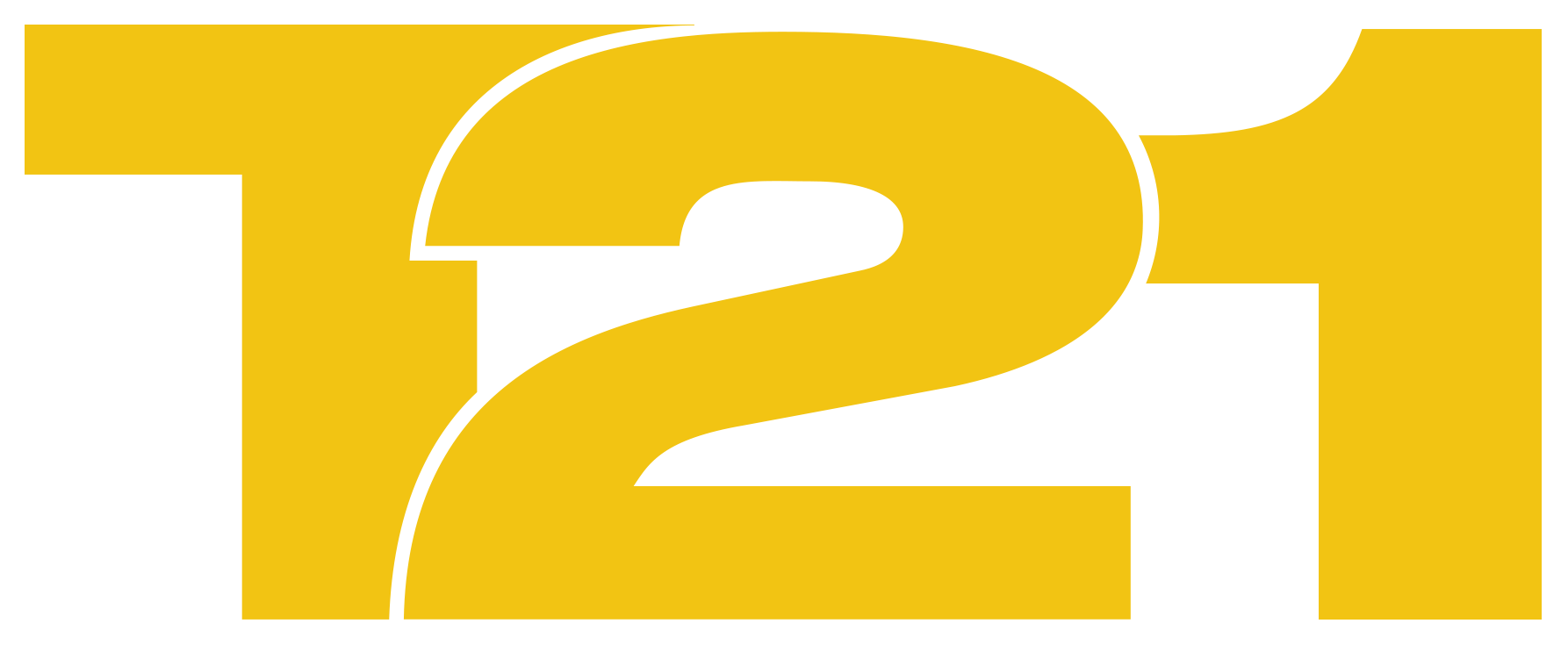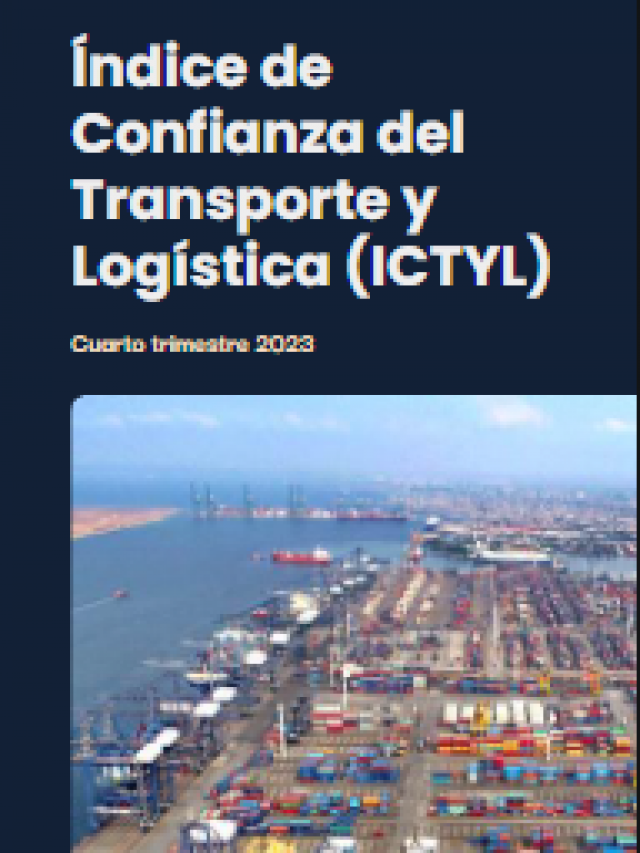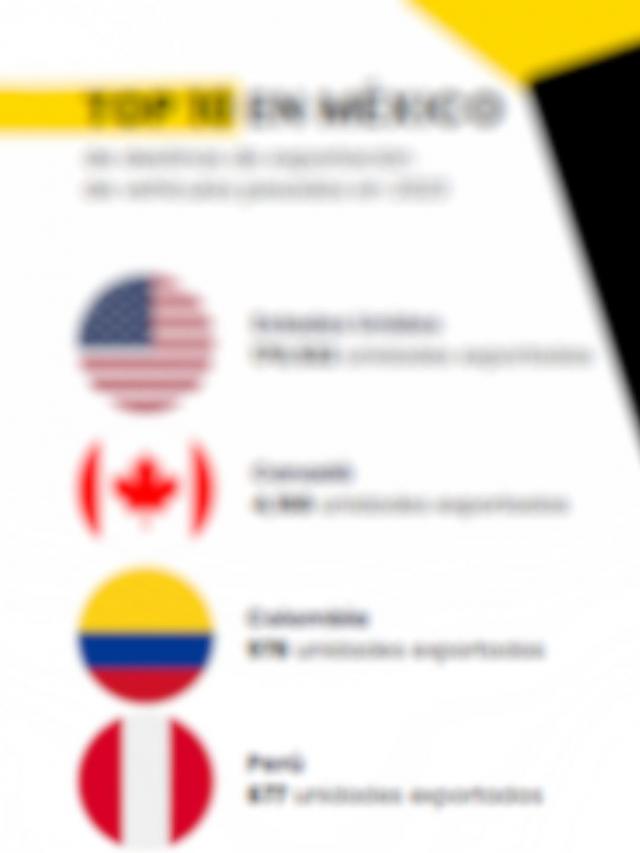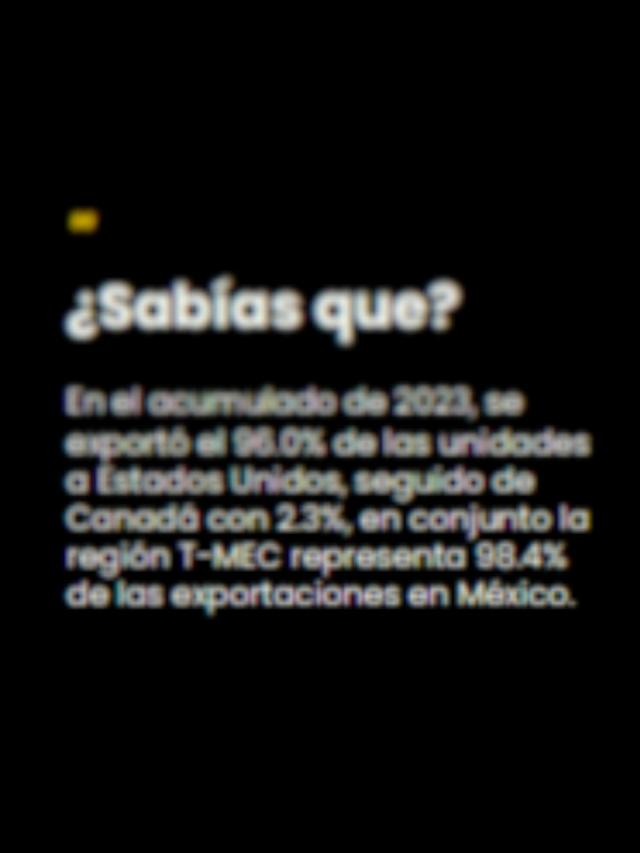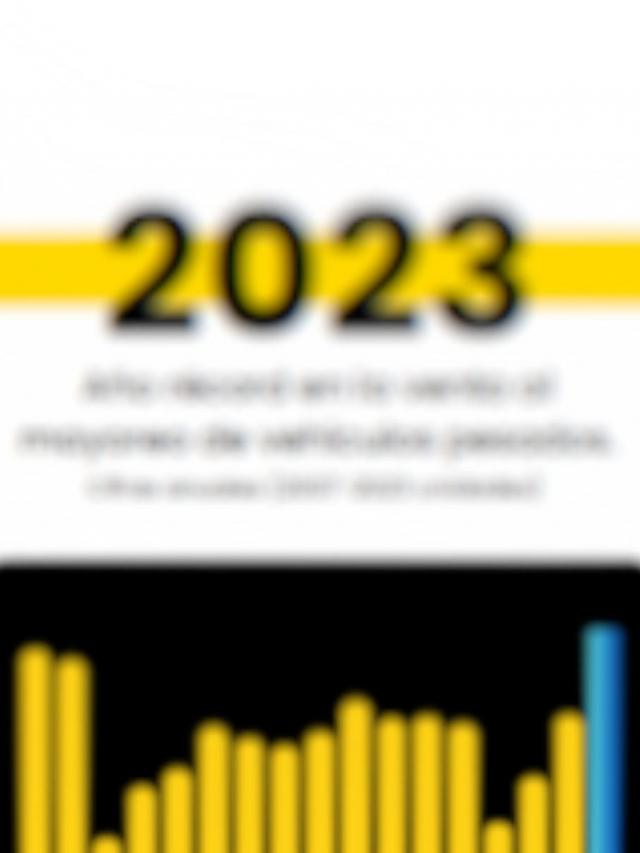
Trareysa is undergoing one of its most ambitious stages: consolidating its position as the leading hydrocarbon transportation company in Mexico , under the leadership of Felipe Emmanuel García Hernández, its General Director of Transformation.
With nearly 600 units in operation , a national presence, and an international division with 40 units in Texas under the name Trareysa LLC , the company plans to grow 30% by 2025 and climb positions in the national ranking of the sector.
“We are laying the foundation to achieve a very aggressive goal: to be among the top 15 transportation companies in Mexico by 2030,” García said.
With more than two decades of history , the company seeks to continue evolving. In 2024, Trareysa managed to reduce its accident rate by 40% thanks to a strategy that combined operational, technological, and organizational actions.
This was complemented by the implementation of preventive methodologies and the refinement of operator profiles. Furthermore, the road safety committee, which previously met only after an accident, now meets weekly to anticipate risks.

“We don’t just look for drivers; we look for the best. Today, more than a license, we require experience and commitment. That has been key to changing the culture,” García explained to T21.
The company also implemented a demanding recruitment model , requiring extensive operator experience. This strategy is reinforced by a competitive salary structure, above the national average, which has helped reduce staff turnover and maintain an average of five years’ seniority among operators.
In 2024, it also stood out for having key certifications such as the Socially Responsible Company (ESR) , in addition to obtaining the Drive is Great certification, aimed at recognizing those companies that have successfully managed their operators by building solid structures, having qualified talent, organizational capabilities and innovative processes.
The company also promotes preventive maintenance , route optimization, and monthly training on environmental and safety issues. All of this is aimed at minimizing impacts and ensuring compliance with local and international standards.
The company’s operating structure consists of seven divisions : Industrial, Carriers (focused on Pemex interrefineries), Burgos, Derivatives and Lubricants, Pressure and Vacuum (for wells), International, and Marketing. This segmentation has allowed it to diversify its service portfolio, adapt to the challenges of the economic climate, and serve different sectors with specialized solutions.
“Our big challenge this year is to consolidate what we’ve built: to ensure the operation doesn’t get out of hand due to uncontrolled growth. Many are already buying units or gaining customers, but few stop to check if they’re doing things right,” García said.
With operations throughout the Gulf of Mexico and a network spanning from Baja California to Yucatán, the company maintains a presence in strategic terminals in Tamaulipas, Nuevo León, Veracruz, Villahermosa, and the Iberian Peninsula, with active operations in Mexico City, Chihuahua, and Coahuila, among others. Currently, 80% of its operations are focused on services for Petróleos Mexicanos (Pemex) .
Although he acknowledged that economic uncertainty and tariff announcements , such as those promoted by US President Donald Trump, are creating tension in the sector, Felipe García asserted that the diversification strategy and focus on hydrocarbons have partially shielded them.
In the first quarter of 2025, Trareysa is already reporting growth of over 100% in its transportation services. And while other companies in the sector prioritize filling vacancies quickly, Trareysa is committed to raising the bar. The long-term goal is clear: to double its fleet and become the largest hydrocarbon transportation company in the country.
The company continues to adjust its consolidation strategy based on the progress made and future goals set. The path to greater participation in the sector is underway.
Comment and follow us on X: @karinaquintero / @GrupoT21
